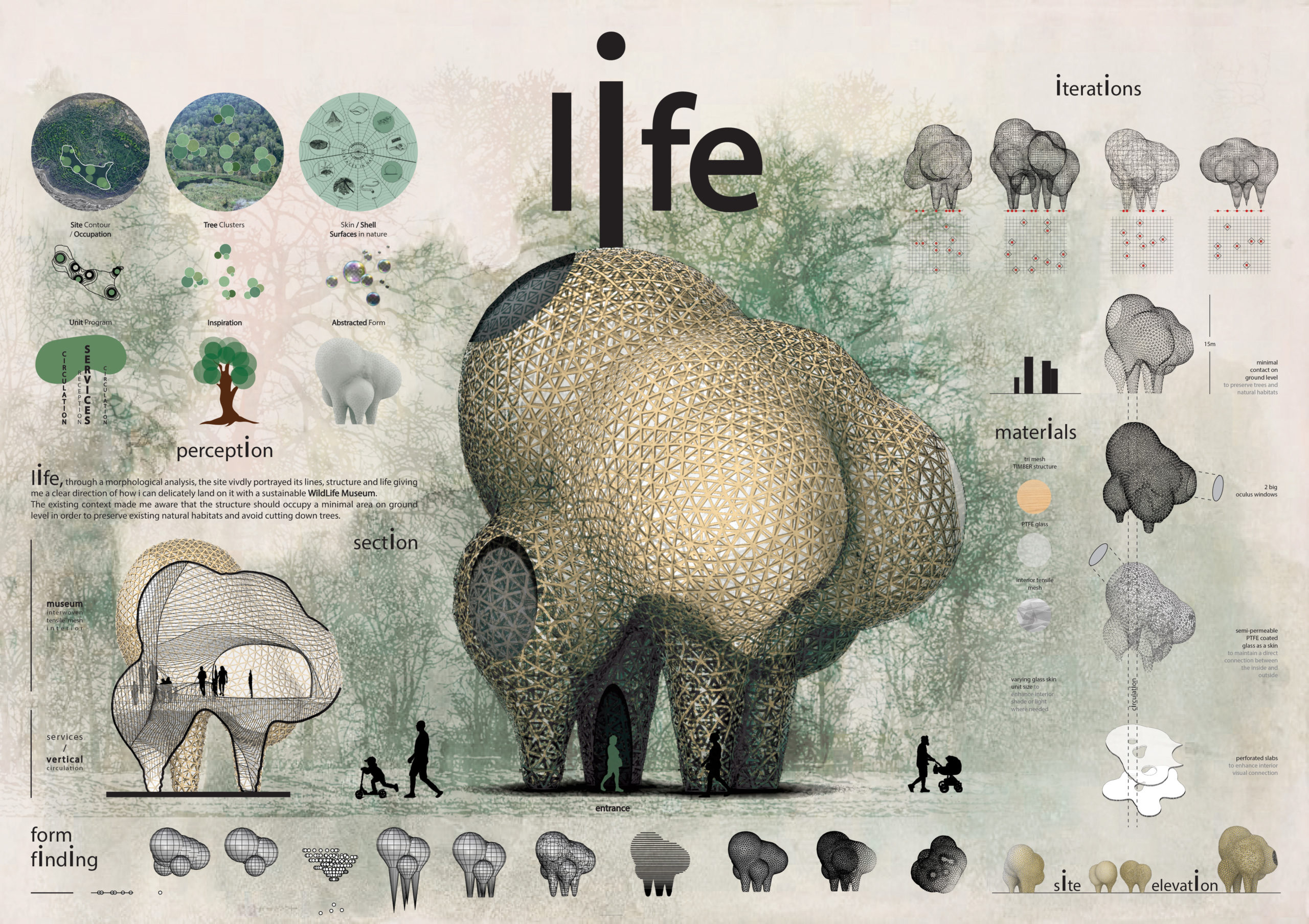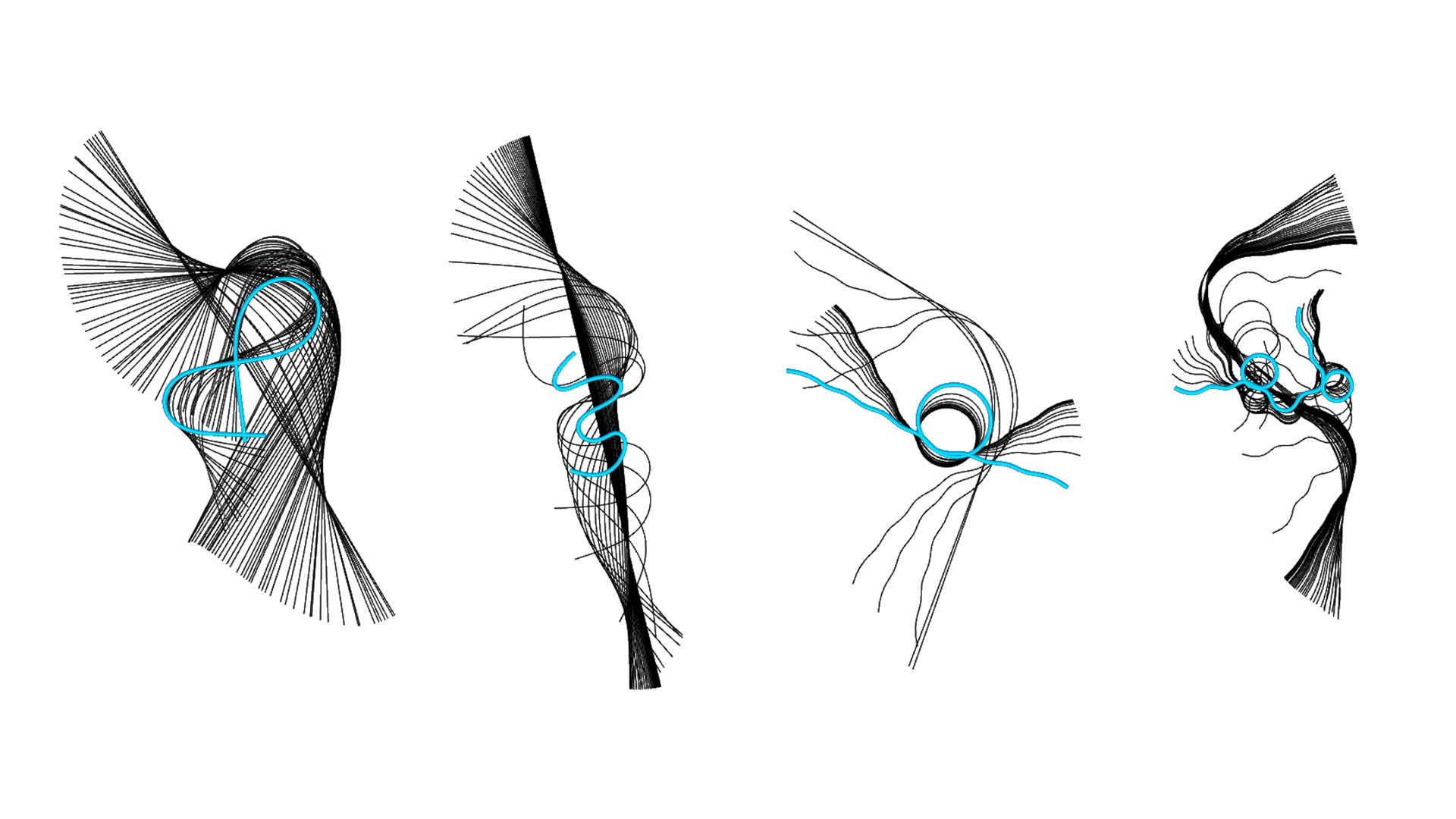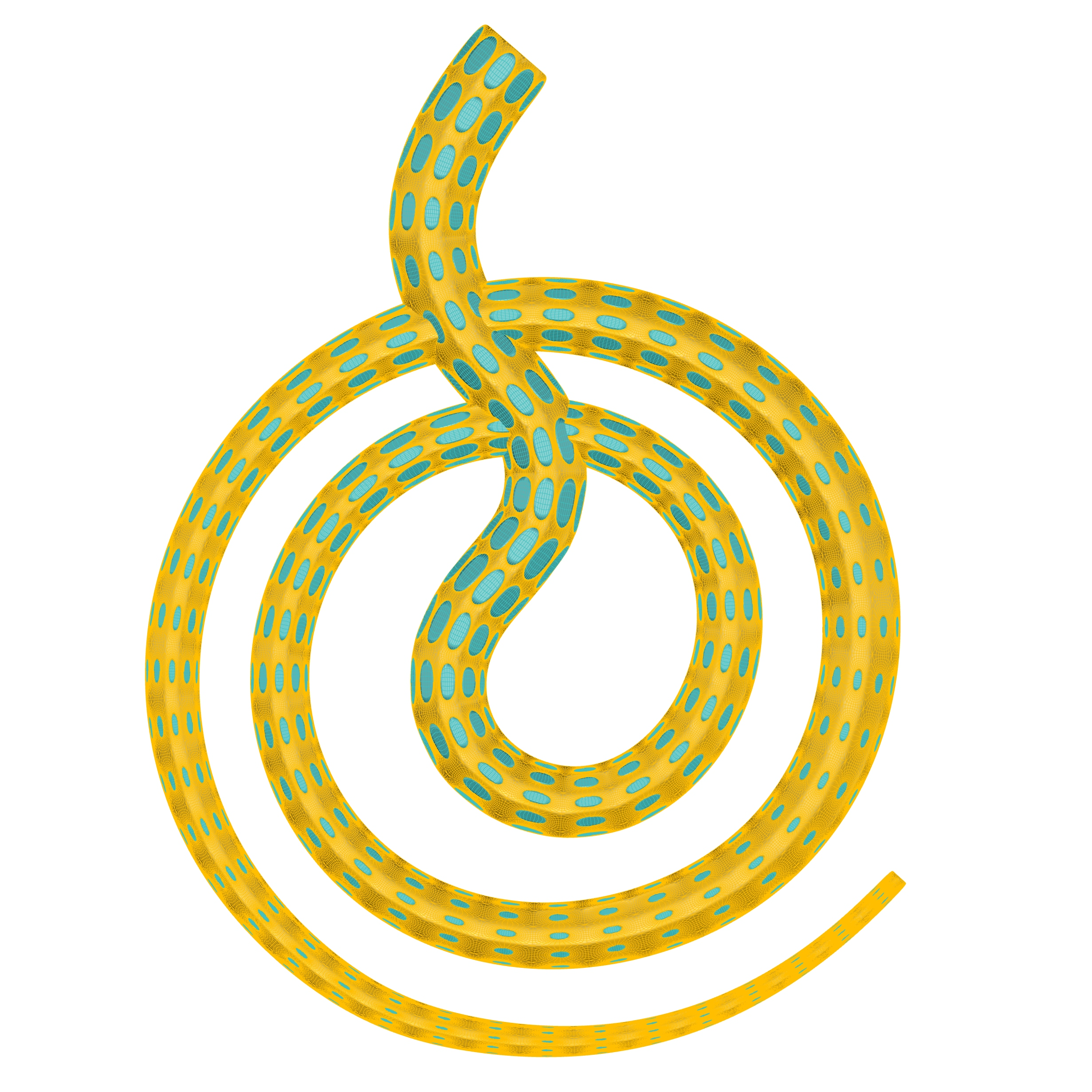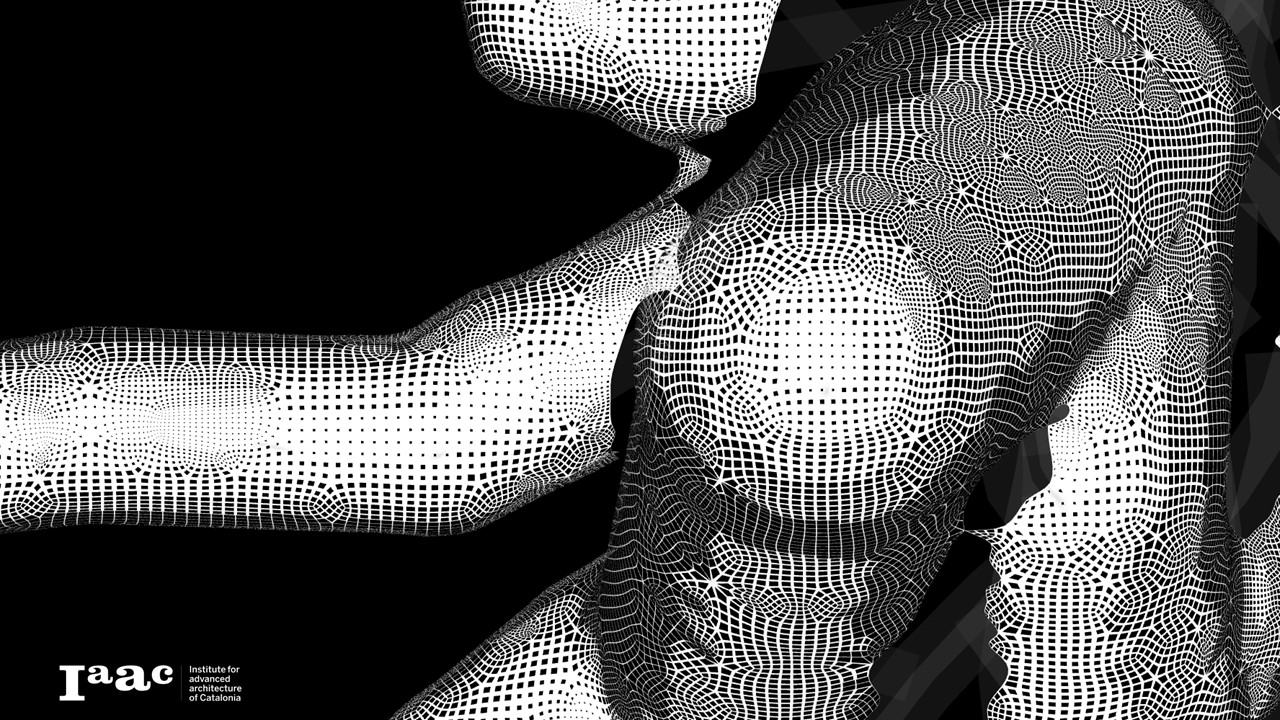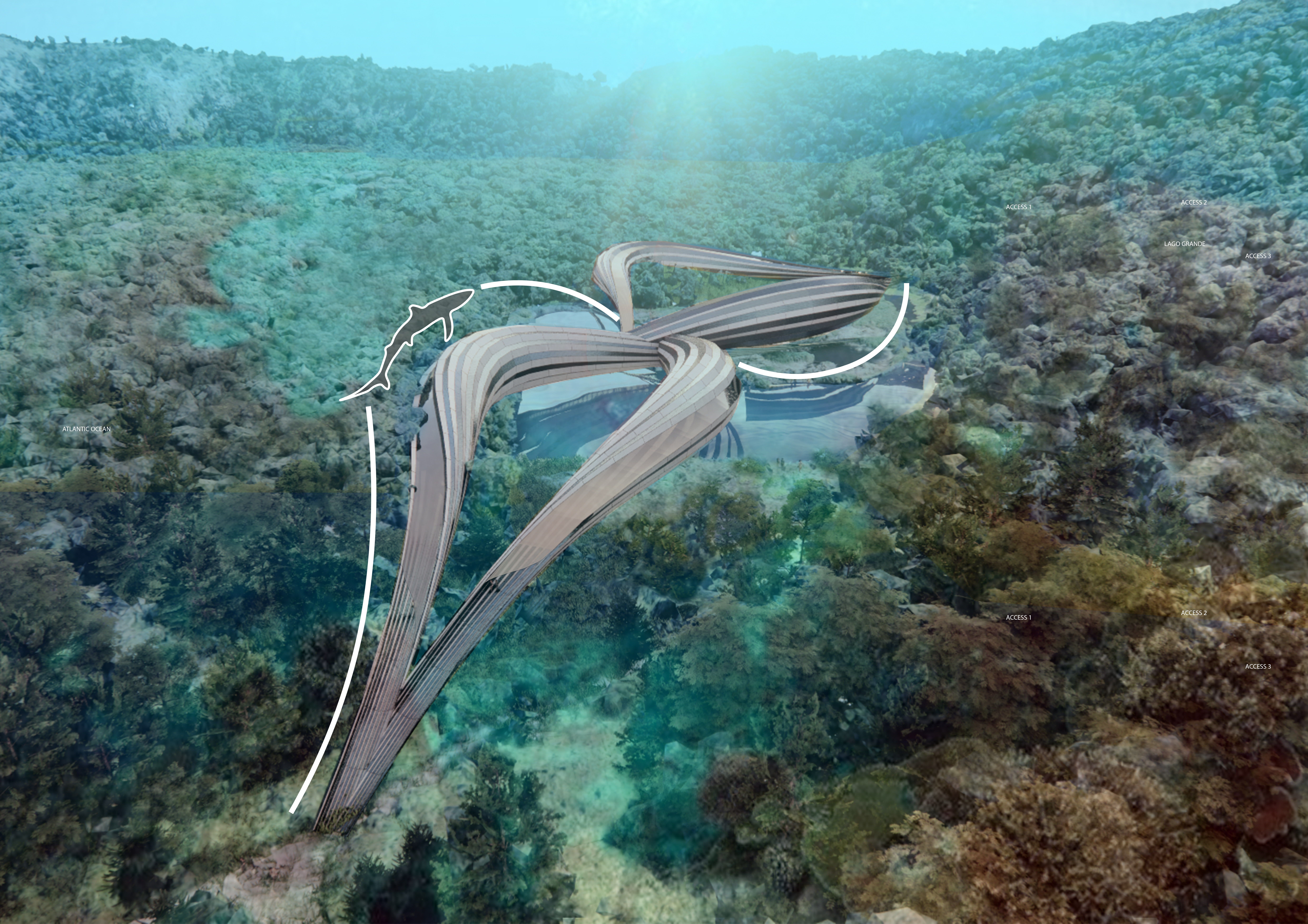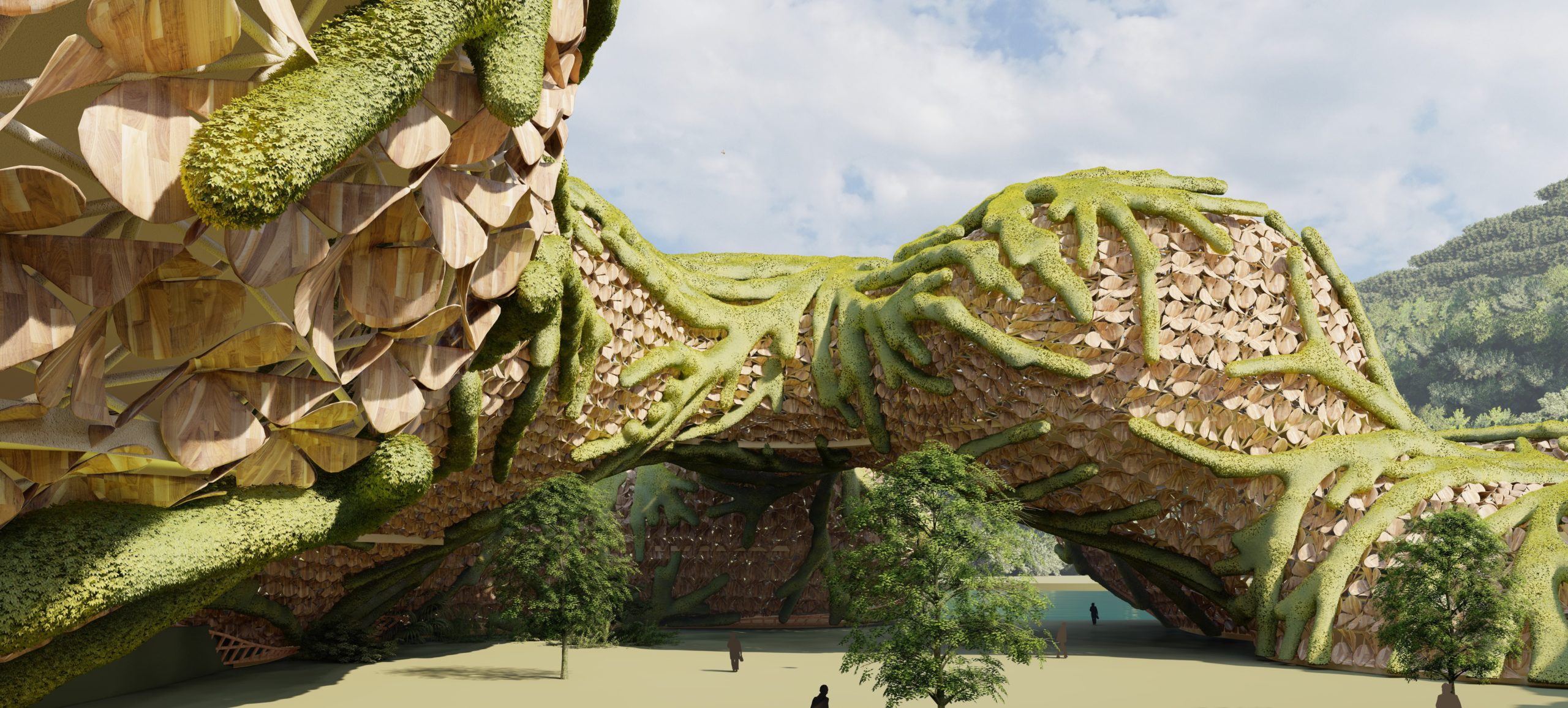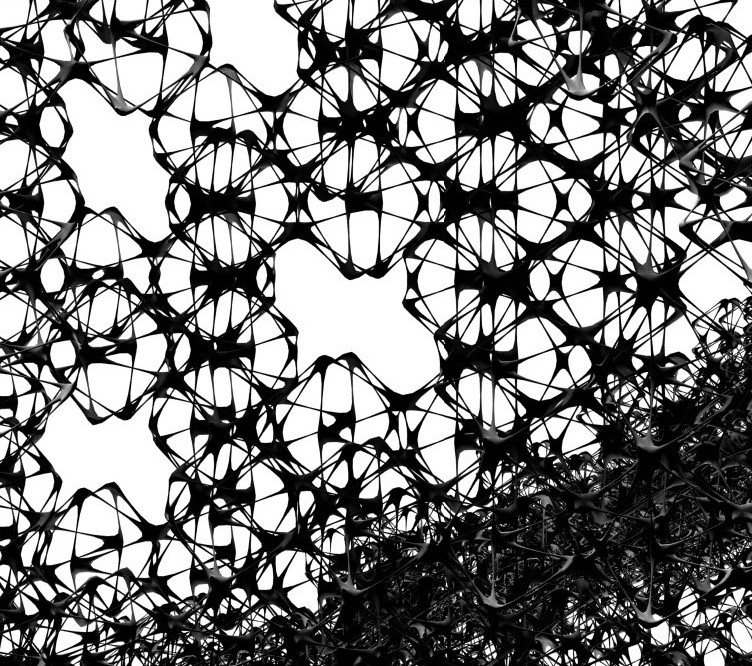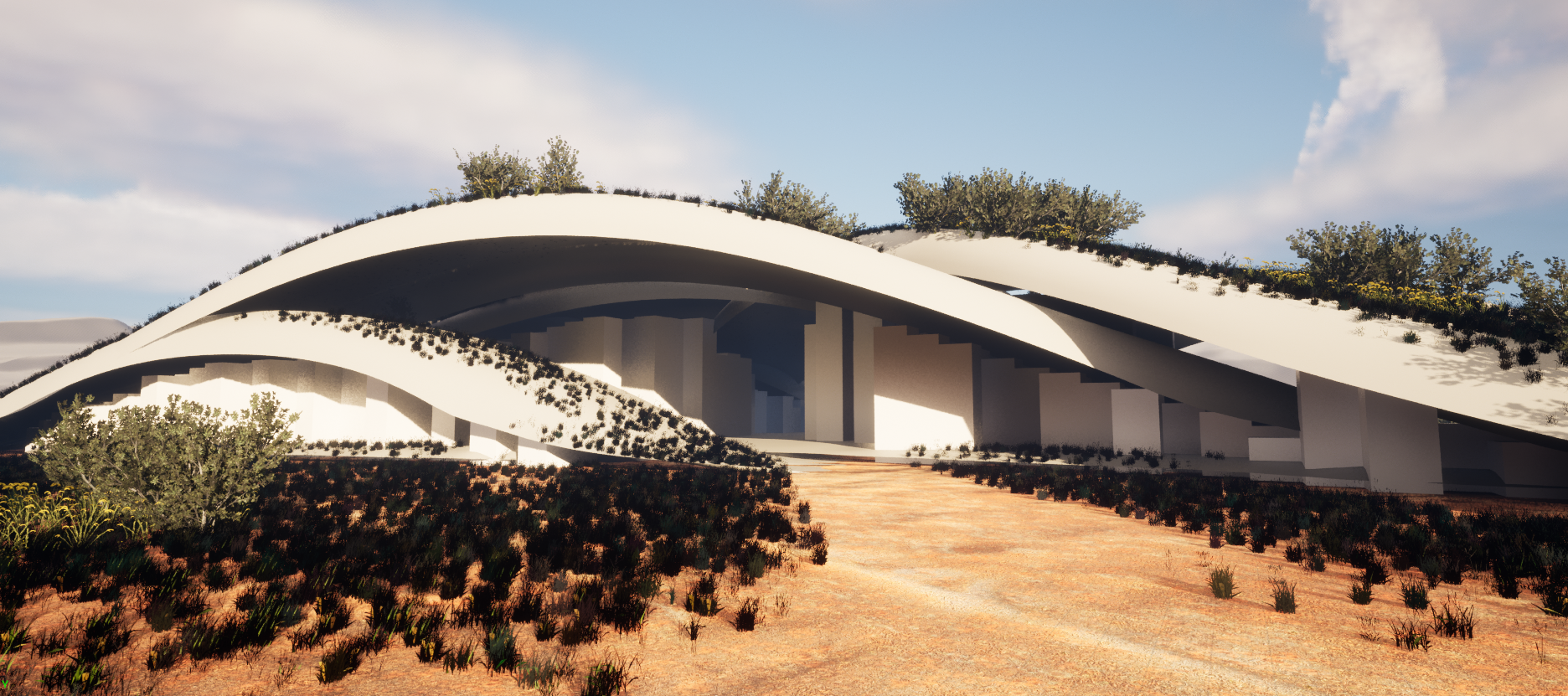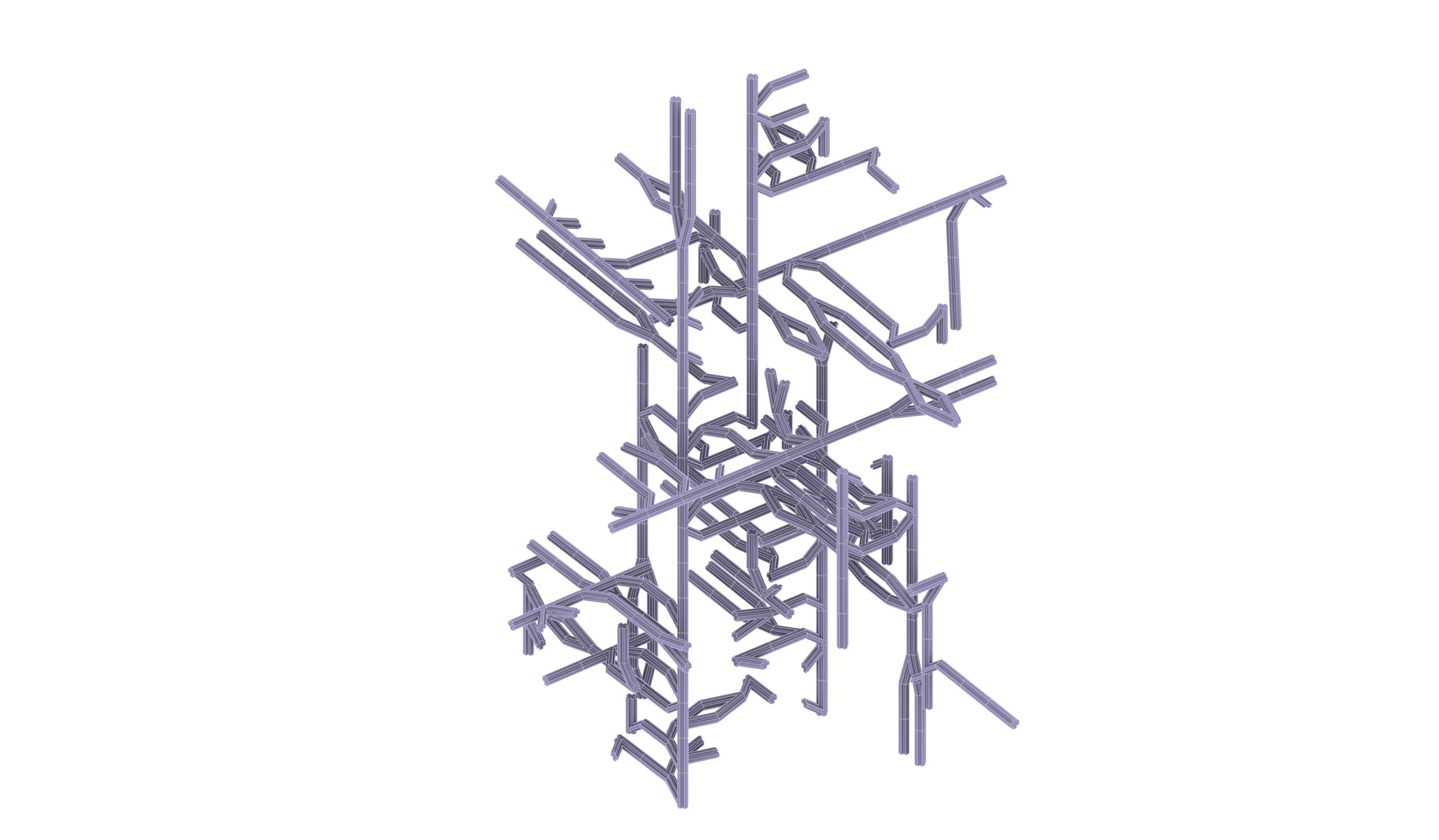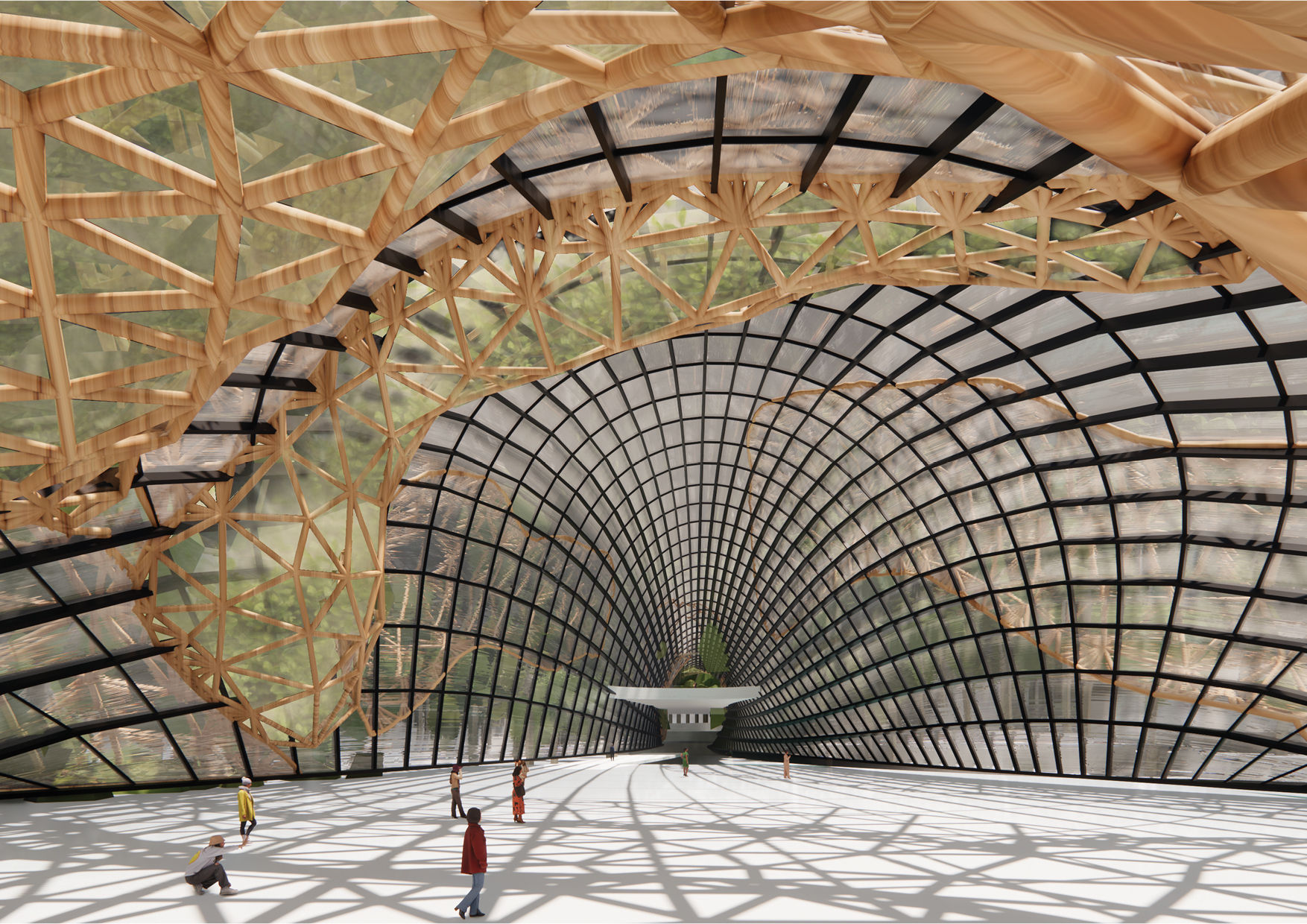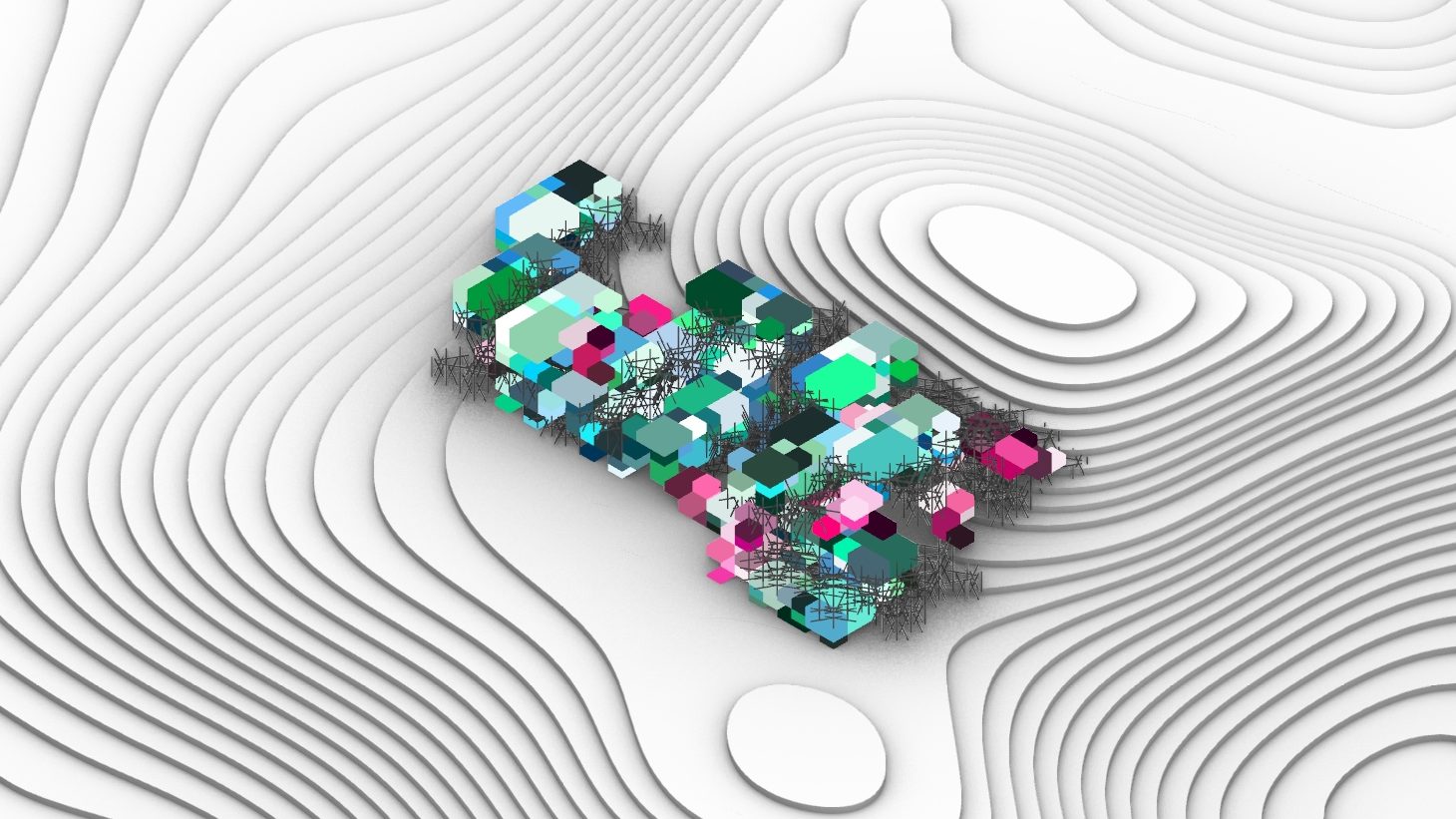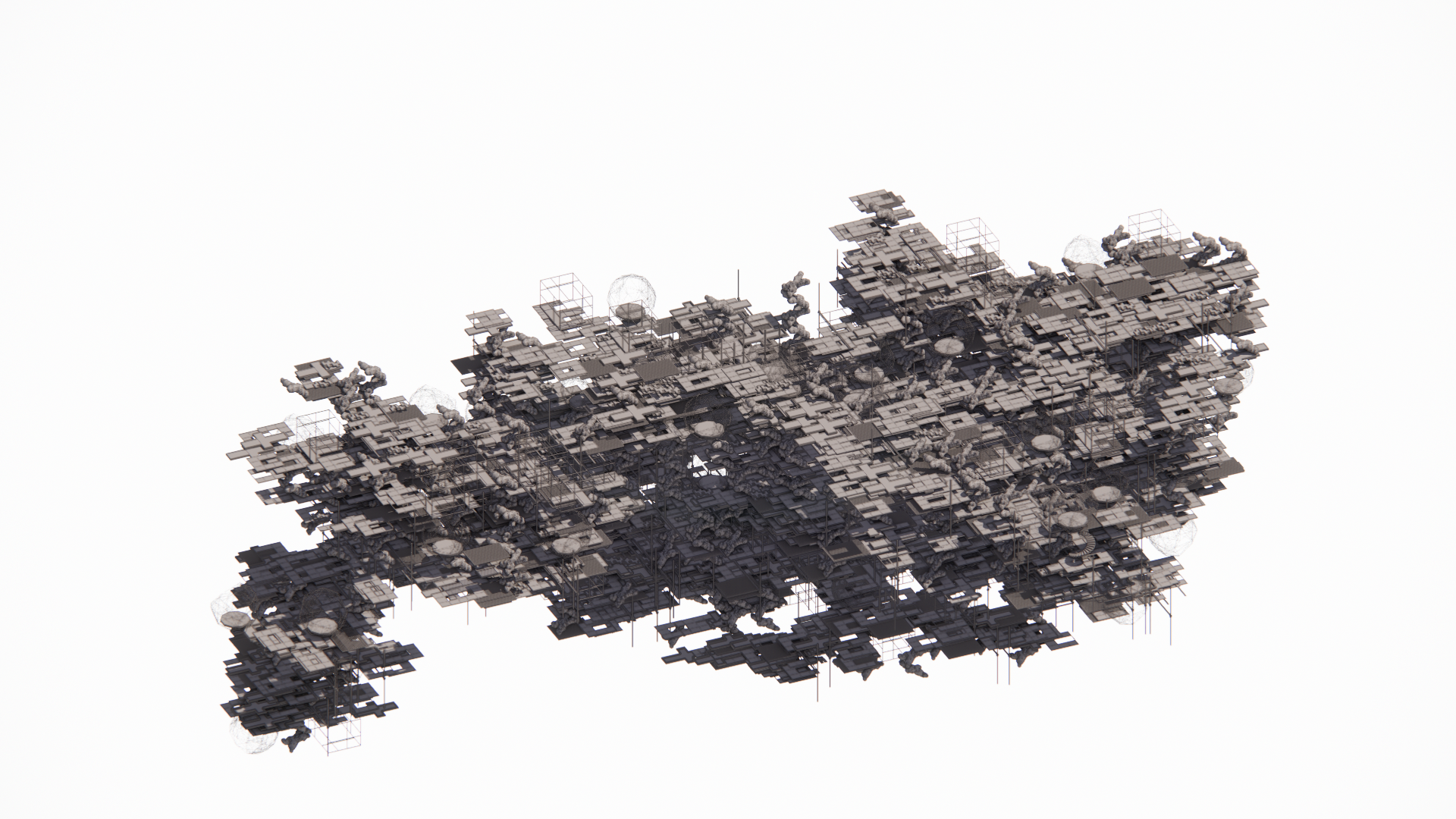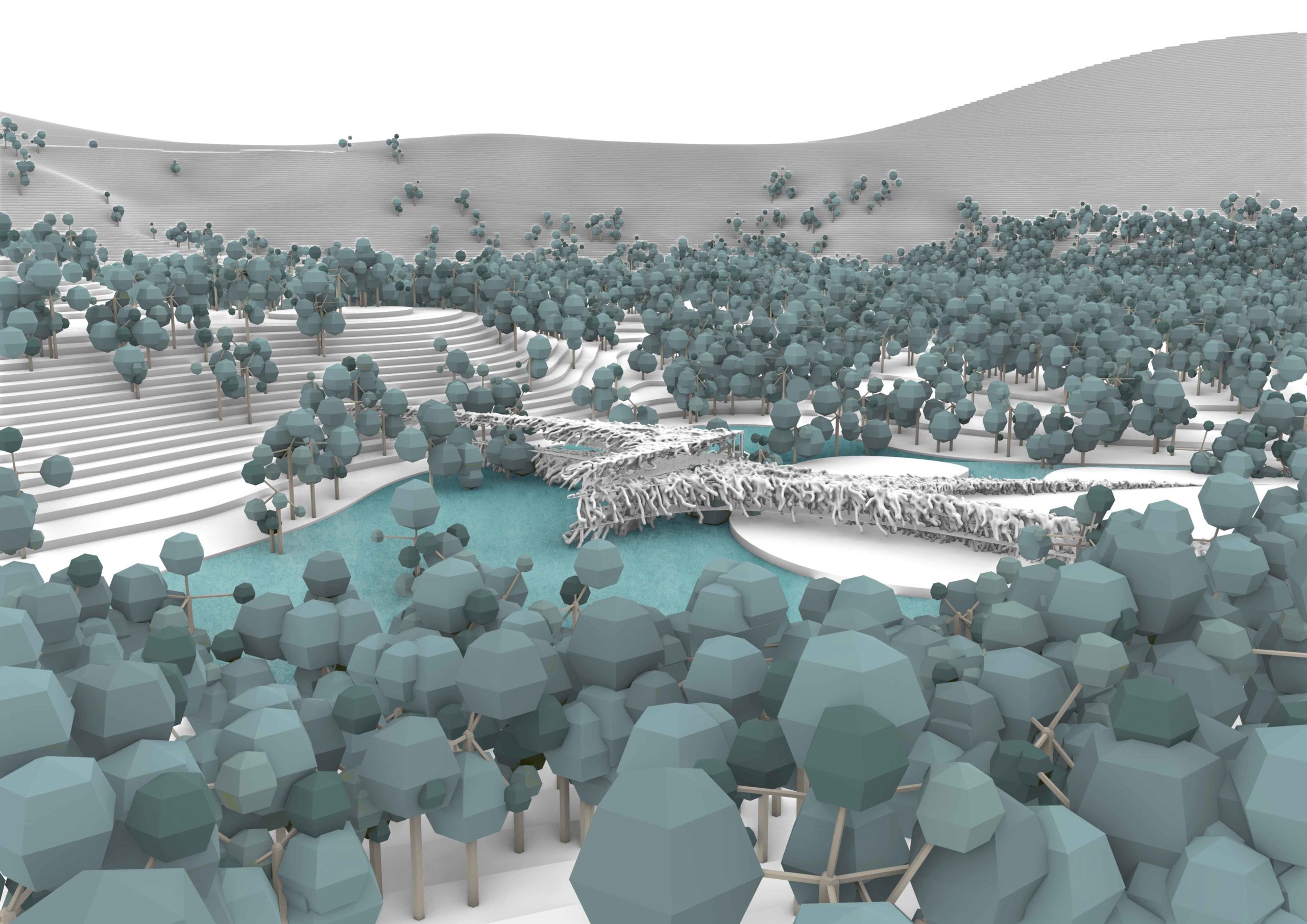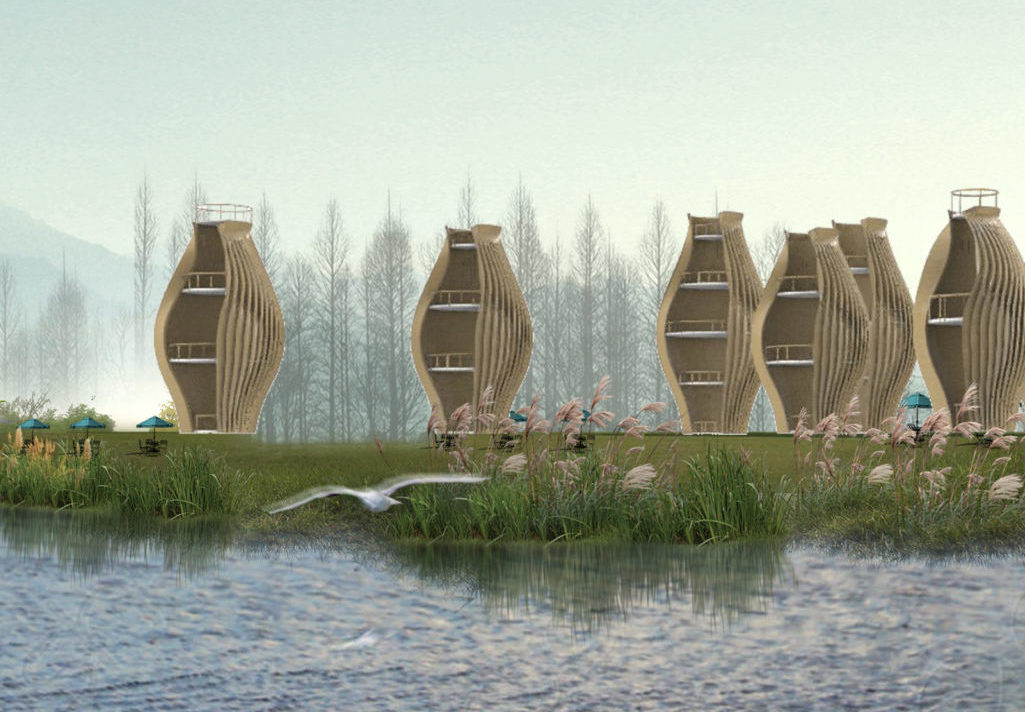Digital Tools for Complex Forming
How can we generate efficient bio-inspired structures? This question captures the essence of biological structures. Nature makes extremely efficient use of materials, often achieved through evolved ingenuity of form. Using folding, vaulting, ribs, inflation and other means, natural systems have created effective forms that demonstrate astonishing efficiency. The many manifestations of this in natural organisms provide a rich sourcebook of ideas for structures that could be radically more efficient than those found in conventional architecture (Biomimicry in Architecture, Michael Pawlyn). Why is nature behaving this way? It’s the pressures of survival in all its varied aspects , finding sustenance, thermoregulating, mating and avoiding predation.
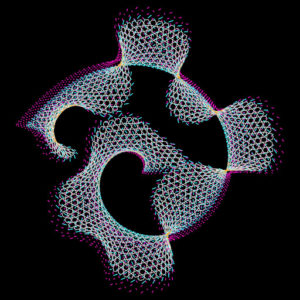
source: courtesy of Hesham Shawqy
Throughout history, architects have looked to nature for inspiration for building forms and approaches to decoration: nature is used mainly as an aesthetic sourcebook. Biomimicry is concerned with functional solutions, and is not necessarily an aesthetic position. In this seminar we will be exploring different generative systems behind natural systems using advanced digital design tools. We will study the history of biomimicry in architecture and the other driven terms such as: biophilia, bio-utilisation, and synthetic biology. We will be looking at tissues, shell structures, modular systems, growth simulation, adaptive skins, and optimization workflows.
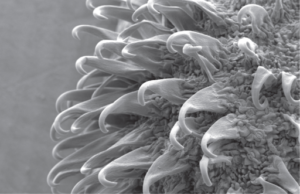
source: Highly magnified view of a burdock burr– Velcro, Biomimicry in Architecture
Learning Objectives
At course completion the student will:
- Study the history of Computational Design and Bio-inspired structures
- Explore the difference between Parametric and Generative models
- Learn Parametric algorithms inside Grasshopper3d
- Learn advanced data structures
- Learn physics simulations
- Build skeleton and aggregation systems
- Explore optimization solvers
- Document the computational design process and iterations
- Learn about particle systems inside Houdini
- Explore the interoperability between Grasshopper and Houdini
- Learn growth systems inside Houdini
KEYWORDS
GRASSHOPPER3D, RHINOCEROS 3D, HOUDINI, KANGAROO, BIOMORPHER, WASP, HOUGH, HUMAN, BIO-INSPIRED, EFFICIENCY, ENVIRONMENTAL CONTROL, ADAPTATION, SKELETONS





